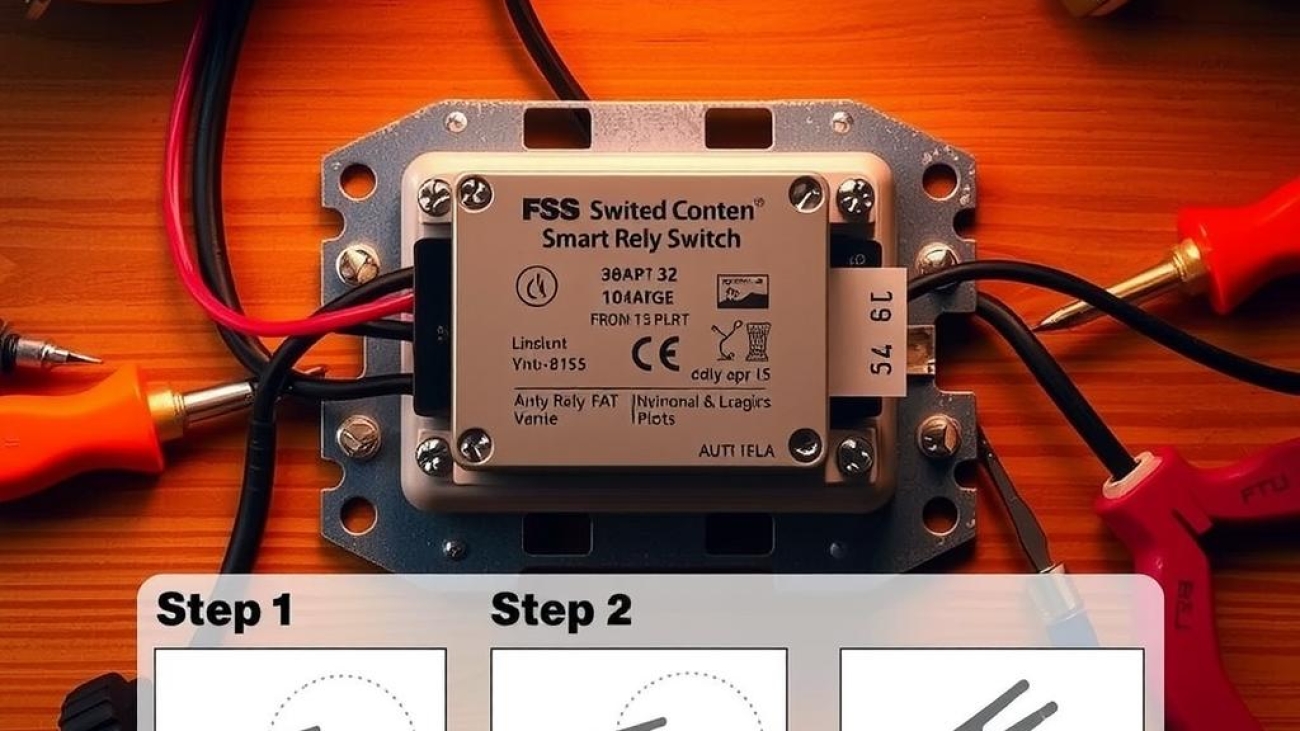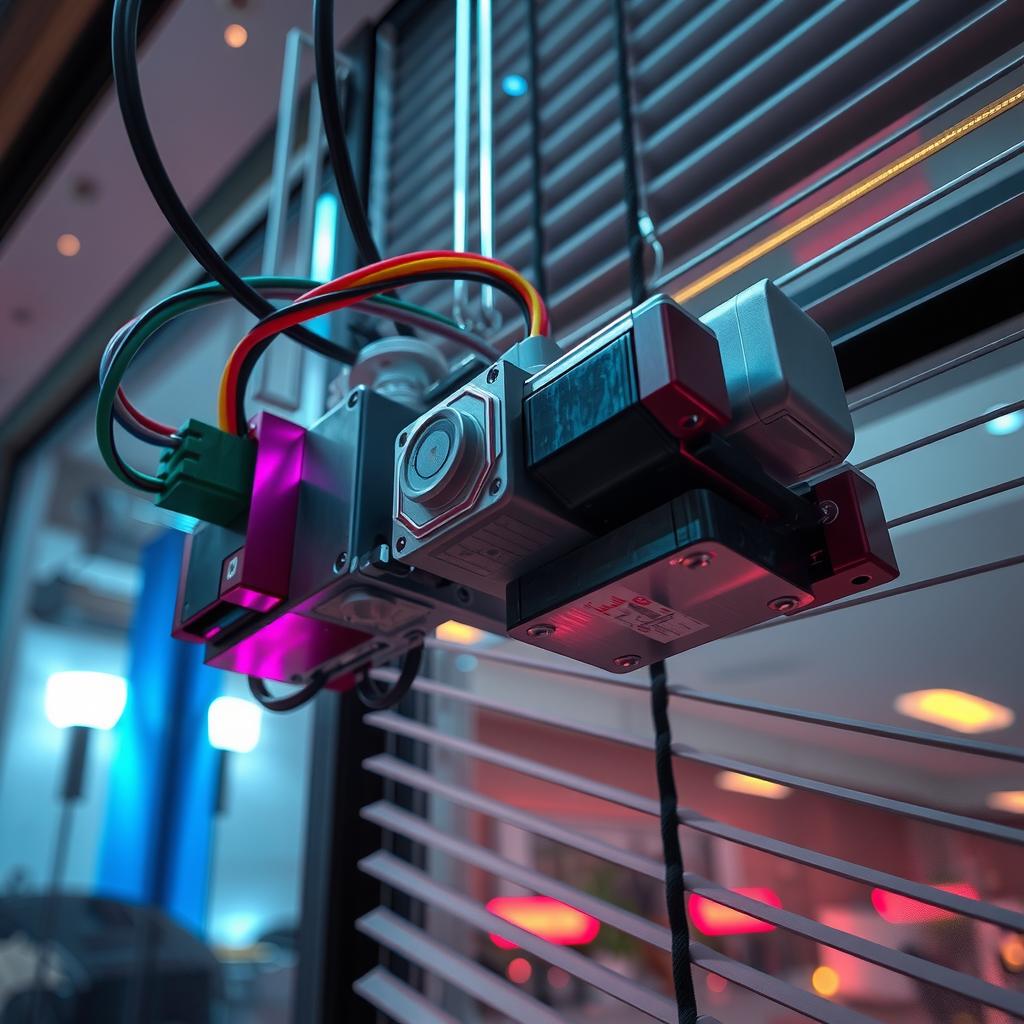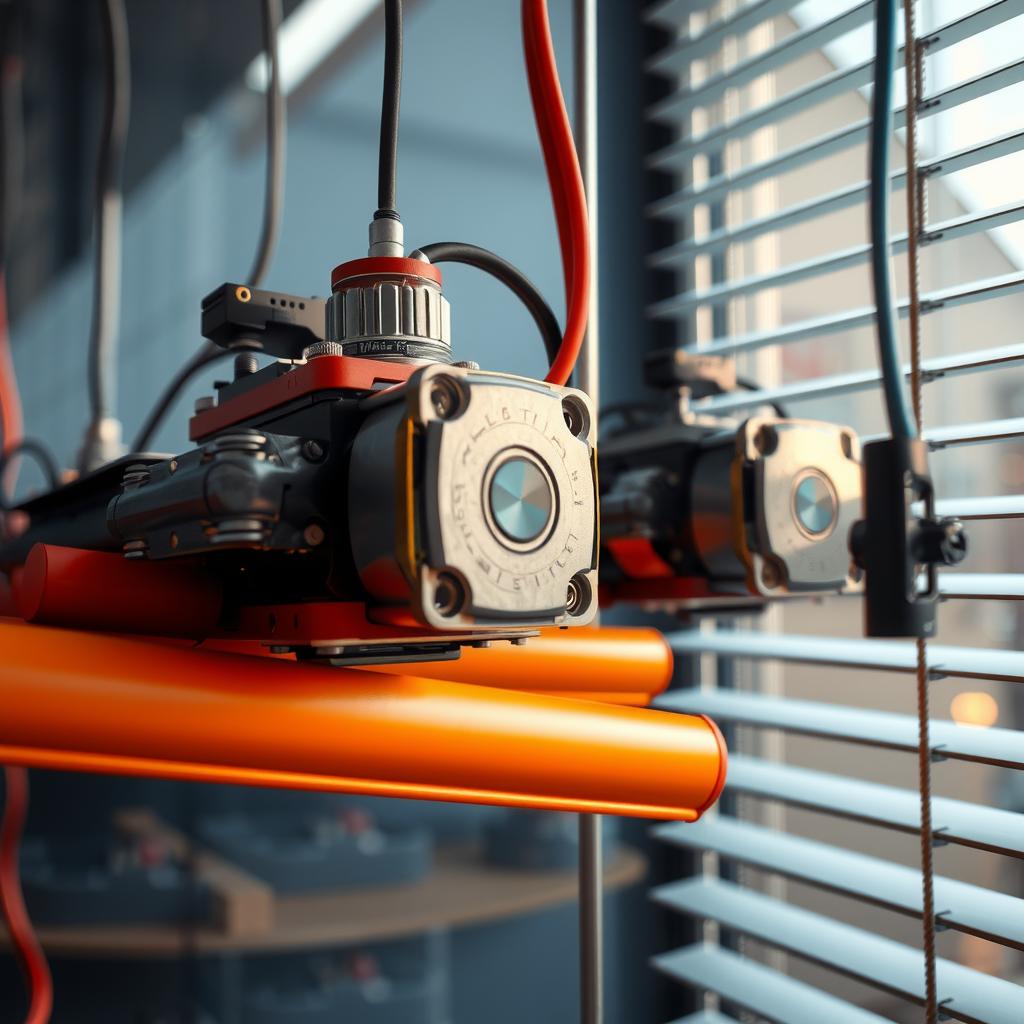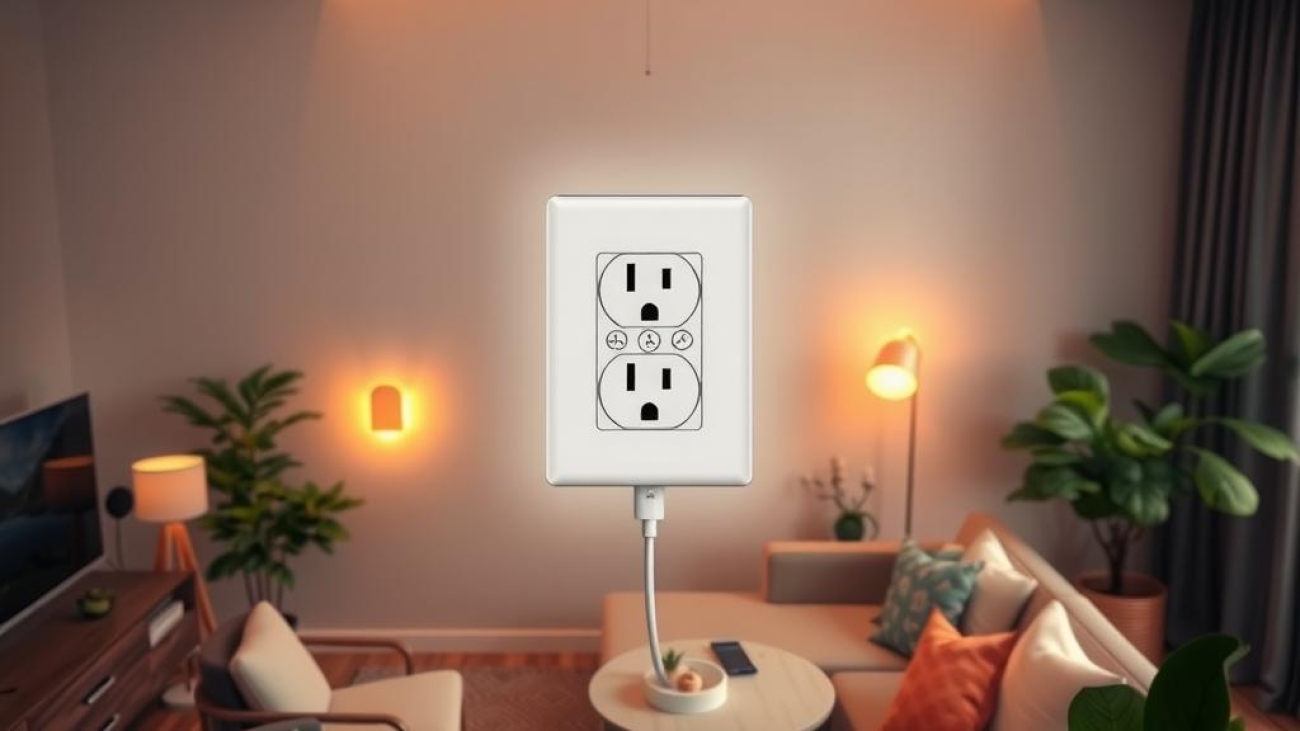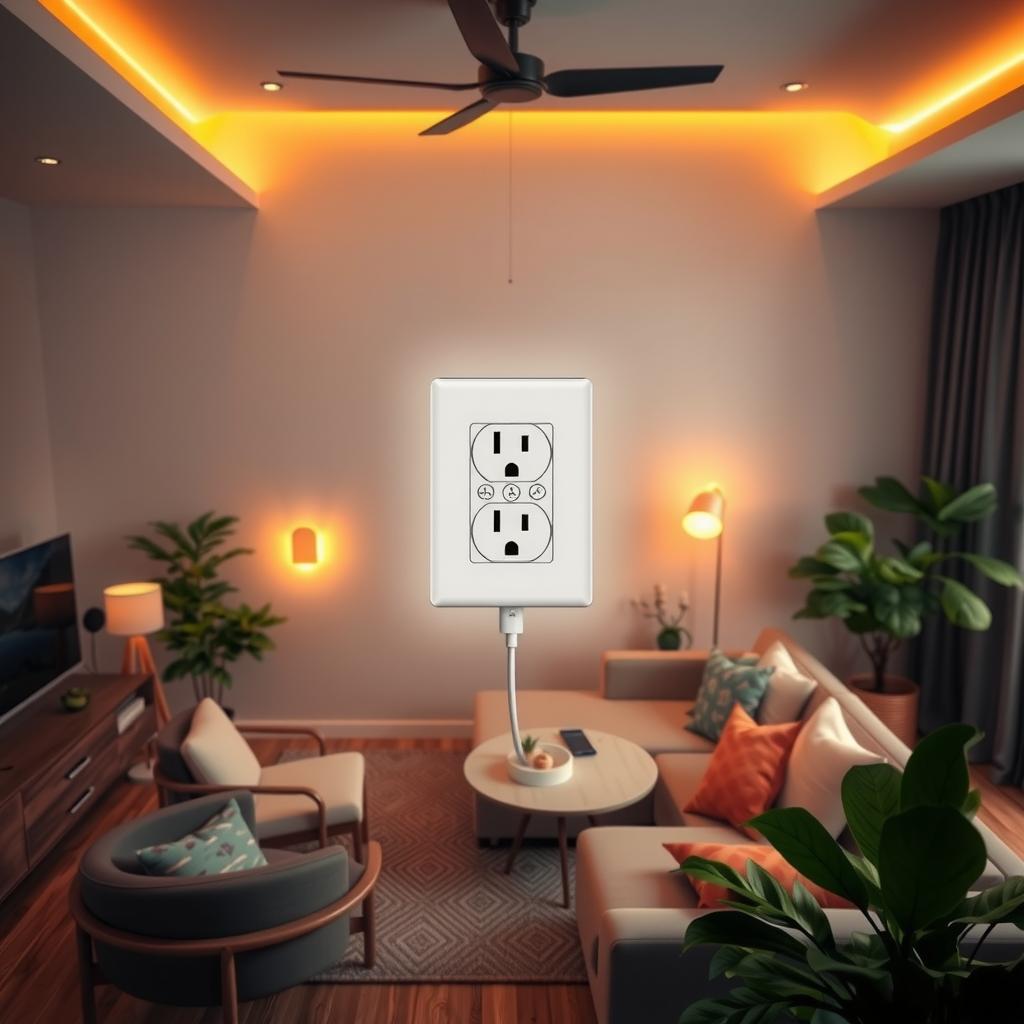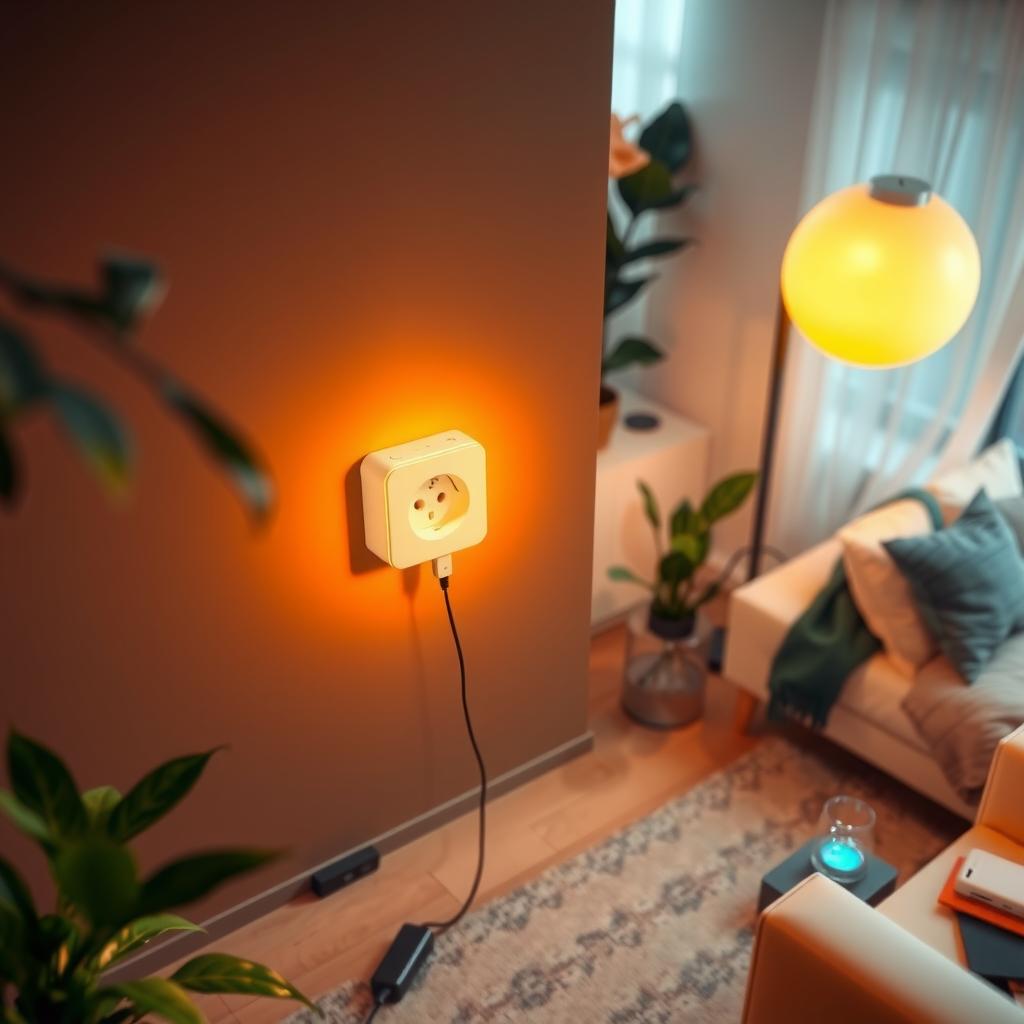Have you ever walked into a room and wished the lights would turn on automatically, or wondered how to control your home’s lighting from anywhere with just a tap on your smartphone? The emergence of smart technology has revolutionized the way people interact with their homes, making it easier than ever to integrate convenience and efficiency. One key player in this transformation is the smart relay switch, a device that not only enhances home automation but also simplifies daily routines by allowing remote control of electrical devices.
In this comprehensive installation guide tailored specifically for beginners, readers will discover step-by-step instructions designed to demystify the process of installing a smart relay switch. By following these guidelines, individuals can seamlessly integrate this innovative solution into their existing electrical systems without prior experience in wiring or electronics. The article emphasizes critical aspects such as essential wiring instructions and highlights important safety protocols to ensure electrical safety throughout the installation.
For those who may feel intimidated by DIY projects, fear not! The world of smart home devices becomes accessible when equipped with clear information and practical tips. This guide serves not only as an instructional tool but also as an empowering resource that encourages homeowners to take charge of their spaces. With careful attention paid to troubleshooting tips along the way, readers will be well-prepared to tackle any challenges that may arise during installation.
The integration of a smart relay switch can enhance energy efficiency while providing users with greater control over their environment—factors crucial for modern living. As we delve deeper into each aspect of setting up this remarkable device, readers will find themselves more connected—not only with their homes but also within communities embracing smarter living solutions.
Whether seeking ways to simplify daily tasks or aiming for an interconnected household ecosystem, understanding how to effectively install and utilize a smart relay switch lays down an essential foundation for creating an automated sanctuary at home. Join us on this journey towards transforming everyday life through seamless automation; let’s explore how simple steps can lead anyone toward becoming proficient in smart technology implementation!
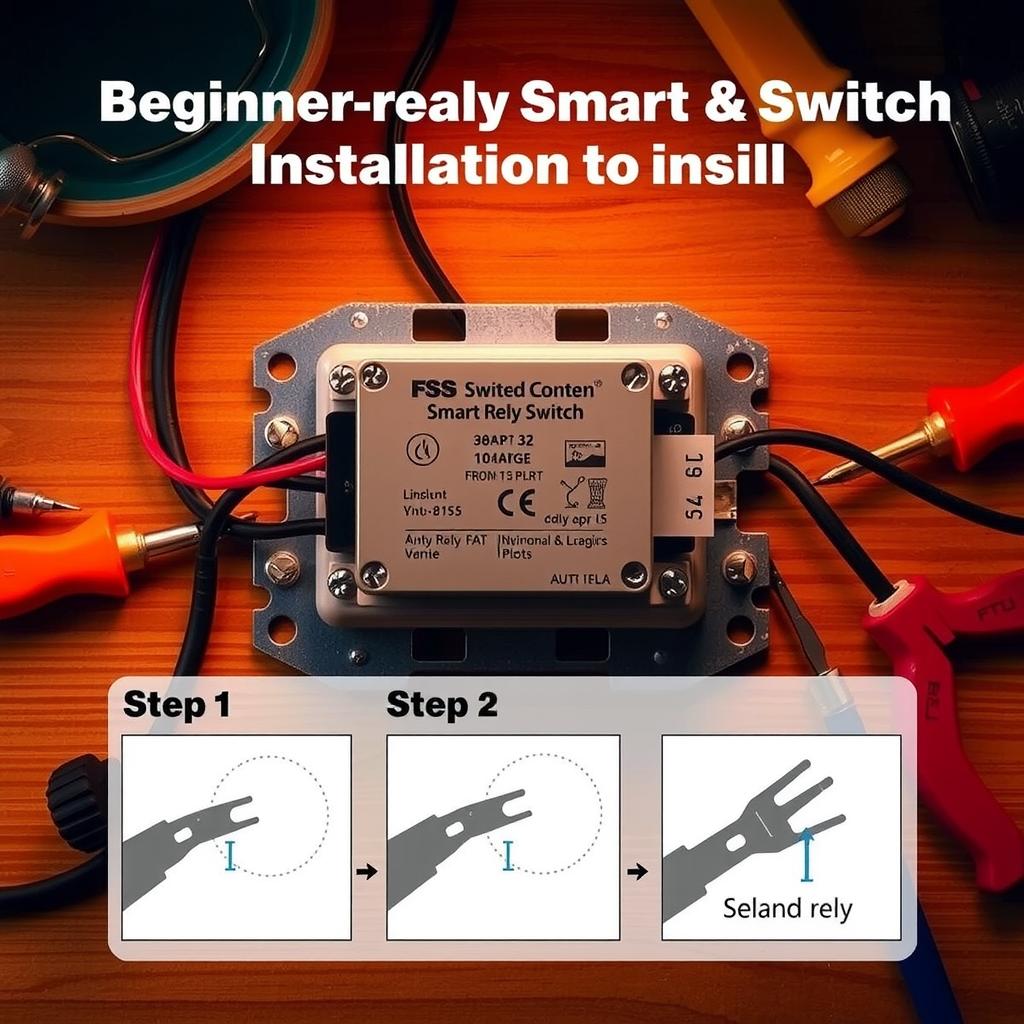
Key Points:
-
Understanding the Smart Relay Switch: A smart relay switch is an innovative device that serves as an entry point for homeowners looking to enhance their home automation experience. This beginner-friendly technology allows users to control lighting and appliances seamlessly, providing a cost-effective solution for modern living.
-
Step-by-Step Installation Guide: For those new to electrical projects, this installation guide breaks down the process into manageable steps. With clear wiring instructions and essential tips for electrical safety, anyone can confidently install a smart relay switch without feeling overwhelmed by technical jargon or complex procedures.
-
Troubleshooting Made Easy: The importance of troubleshooting tips cannot be overstated when installing a smart relay switch. This guide offers practical advice on how to address common issues that may arise during installation. By understanding these concepts, beginners will be better prepared to navigate challenges while integrating their new smart home devices effectively.
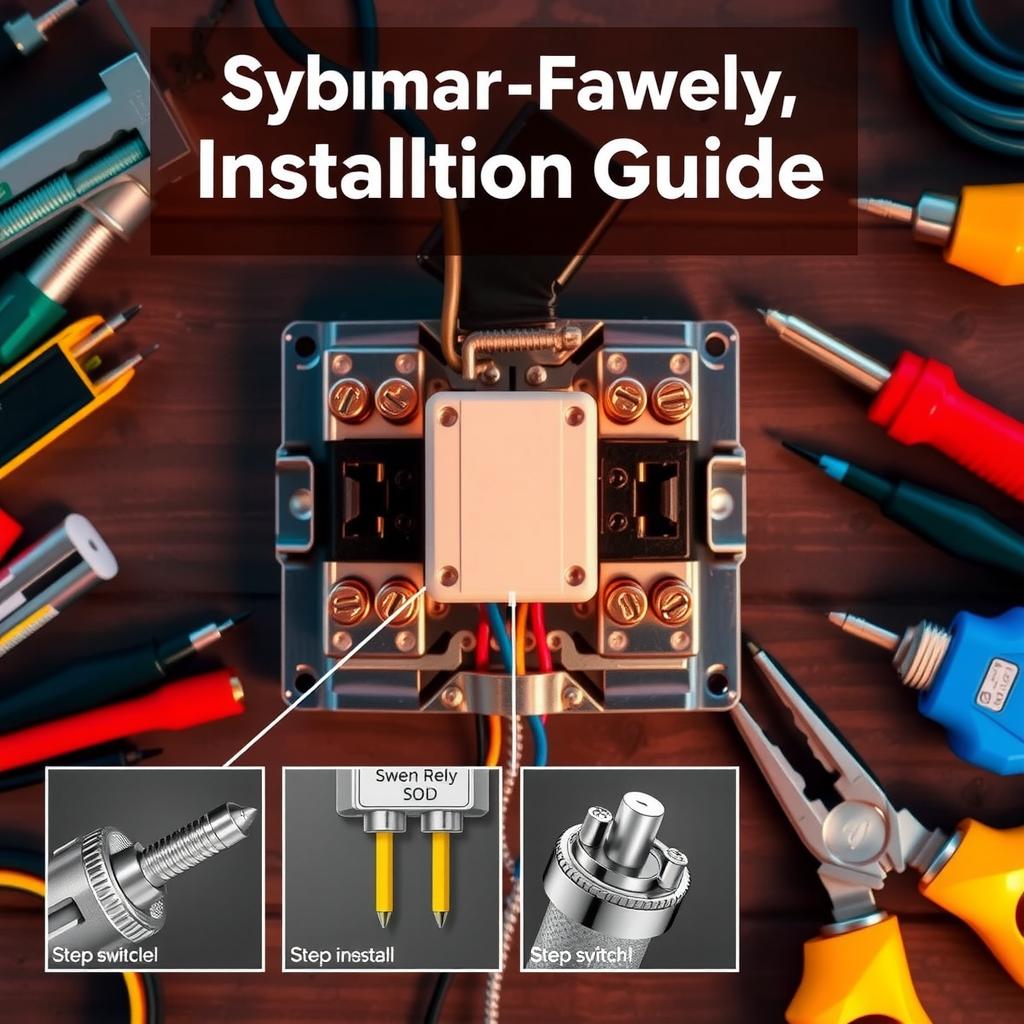
Introduction to Smart Relay Switches
Exploring the Essentials of Smart Home Integration
In the realm of home automation, smart relay switches serve as pivotal components that empower homeowners to control their electrical systems with unprecedented convenience. These devices act as intermediaries between traditional electrical appliances and modern smart home networks, enabling users to manage lighting, HVAC systems, and other electronics remotely or through automated schedules. The integration of a smart relay switch into a household not only enhances functionality but also contributes significantly to energy efficiency by allowing precise control over power usage. For beginners navigating the world of home automation, understanding how these switches operate is crucial for making informed decisions about upgrading their living spaces.
A smart relay switch typically connects to existing wiring in a home and communicates wirelessly with various smart home devices via protocols such as Wi-Fi or Zigbee. This capability allows users to integrate their appliances into an ecosystem that can be managed from smartphones or voice assistants like Amazon Alexa or Google Assistant. When considering installation for these devices, it is vital for novices to consult comprehensive installation guides and familiarize themselves with wiring instructions specific to their setups. Properly installed smart relay switches can enhance safety while providing seamless operation across multiple devices without necessitating extensive renovations.
The Role of Smart Relay Switches in Home Automation
Enhancing Functionality Through Advanced Control Systems
The significance of smart relay switches extends beyond mere convenience; they are instrumental in creating an interconnected environment where various smart home devices work harmoniously together. By incorporating such technology, homeowners can automate mundane tasks—like turning lights on at dusk or adjusting thermostats based on occupancy—thereby fostering greater energy conservation practices in daily life. Additionally, the ability for remote access means that individuals can monitor their homes from afar; this feature serves both security purposes and peace-of-mind during extended absences.
For those embarking on this journey toward smarter living environments, engaging with resources outlining potential challenges—including troubleshooting tips related specifically to wiring issues—is essential for achieving optimal results during setup and maintenance phases. Understanding basic electrical safety measures cannot be overstated when handling installations involving electricity since improper connections could lead not only to device malfunctions but also pose significant hazards within residential settings. As adoption rates soar among consumers looking for ways to improve lifestyle quality through enhanced automation capabilities provided by tools like the smart relay switch, it becomes clear that familiarity with operating principles will dictate success along this innovative path forward.
By embracing these advanced solutions today—including integrating a variety of compatible products alongside your chosen smart relay switch—individuals unlock new levels of efficiency while enjoying increased comfort tailored precisely according individual preferences within contemporary homes.
Understanding the Basics of Smart Relay Switches
A Beginner’s Introduction to Home Automation
The smart relay switch represents a significant advancement in home automation technology, allowing users to control electrical devices remotely through their smartphones or smart home systems. For beginners eager to enhance their living spaces with modern conveniences, understanding the installation process is essential. This guide provides detailed instructions that will help novices navigate the installation journey safely and efficiently. Before diving into wiring instructions, it is crucial for individuals to familiarize themselves with safety protocols associated with working on electrical systems. One should always ensure that power is turned off at the circuit breaker before beginning any work with a smart relay switch.
Preparing for Installation
Essential Tools and Materials Needed
Before installing a smart relay switch, beginners must gather all necessary tools and materials to facilitate a smooth process. Basic tools typically include screwdrivers, wire strippers, pliers, and an insulated voltage tester—each serving an important function during installation. Additionally, having appropriate wiring materials such as electrical tape or heat-shrink tubing can enhance safety by providing insulation for exposed wires once connections are made. It is advisable for individuals new to this type of project also to keep the product manual handy; many manufacturers provide step-by-step guidance tailored specifically for their products. Having these resources available aids in troubleshooting tips if unexpected issues arise during setup.
Step-by-Step Installation Process
Wiring Instructions Simplified
Now that one has gathered all necessary tools and materials, it’s time to delve into the actual wiring instructions involved in installing a smart relay switch successfully. First and foremost, confirm that power remains off throughout this entire procedure—safety should always come first! Begin by removing any existing switches from their junction boxes carefully; take note of how wires are connected so they can be replicated later if needed. Next, identify where each wire from your old switch connects: typically there are live (hot), neutral (if applicable), ground wires among others involved in typical circuits.
With everything prepared properly now comes connecting those wires onto your new device according to its specifications outlined in your manual—this part varies based on model type but generally involves matching colors between incoming house wires and those terminal connections located on the back side of your smart relay switch unit itself while ensuring secure fastening via screws provided within packaging without overtightening them which could damage components internally! After making these connections securely use electrical tape or heat shrink tubing around exposed areas before testing out functionality once power returns fully restored back after completion steps last few checks were confirmed earlier correctly done beforehand.
Testing Your Smart Relay Switch Functionality
Ensuring Proper Operation Before Use
After completing all wiring tasks confidently following previous guidelines laid out meticulously mentioning about securing everything well together too ensure no loose endings remain visible anywhere present here then turn ON main circuit breaker again activating power flow restoring energy supply back up through system lines running directly into newly installed smart relay switch location point! Once powered up multiple tests may commence immediately thereafter confirming whether device functions operate smoothly as intended alongside smartphone apps integrated across different platforms like Google Home/Amazon Alexa depending upon brand compatibility offered by respective manufacturers’ designs built-in capabilities available today!
It would help if you began by checking basic operations such as turning lights on/off manually using physical buttons available right next door tested thoroughly at least twice until satisfied enough knowing standard features worked fine consistently operating while exploring other advanced settings accessible only online via dedicated applications meant solely designed around enhancing user experiences making life simpler over time especially when dealing more frequently than normal households usually do nowadays adjusting brightness levels dimming effects utilizing voice commands hands-free convenience ultimately becoming preferred choice amongst tech-savvy consumers everywhere eager looking forward expanding horizons discovering newer innovations emerging continuously along fields related closely toward energy management solutions overall improving sustainability practices within homes deployed previously showcasing benefits derived uniquely leveraging advantages brought forth collectively surrounding modern-day lifestyles reshaping behaviors entirely changing perceptions significantly !
Conclusion: Troubleshooting Common Issues
Addressing Challenges Faced Post-Installation
In some instances post-installation challenges might arise even amidst careful preparations undertaken initially covering various aspects discussed herein regarding proper setups leading towards achieving desired results expectedly however unexpected errors sometimes still occur despite best efforts exerted beforehand hence troubleshooting becomes vital skill required mastering keen eye analyzing situations quickly determining root causes behind problems surfacing afterward affecting performance negatively seen resulting frustration experienced often leads discouragement felt amongst users attempting rectify mistakes easily overlooked potentially causing delays further down line hinder progress achieved thus far moving forward effectively navigating pathways unlocking potential hidden beneath surface waiting exploration!
Some common issues involve connectivity problems between devices controlled remotely via Wi-Fi networks established improperly due configuration mistakes preventing signals reaching intended targets accurately resulting disconnection alerts popping screens unexpectedly hindering access needs fulfilled promptly unless addressed swiftly resolving concerns voiced adequately addressing gaps filled clarifying expectations clearly communicated upfront prior undertaking projects similar nature yielding fruitful outcomes desired benefiting everyone involved positively shaping future interactions built trust inspiring confidence gradually fostering relationships strengthened mutual understanding paving way success stories written history books recounting achievements celebrated generations continue thrive endlessly onward together united vision
Essential Safety Precautions for Novice Installers
Prioritizing Electrical Safety During Installation
When embarking on the installation of a smart relay switch, novice installers must prioritize electrical safety to ensure a smooth experience. It’s crucial to start by familiarizing oneself with basic electrical principles and local codes that govern home automation systems. Before touching any wires, always turn off the power at the circuit breaker to prevent any risk of electric shock. Using insulated tools can also enhance safety during installation. Furthermore, understanding how to correctly read wiring instructions is essential; this ensures that all connections are secure and compliant with established standards. Beginners should take time to carefully assess their workspace, ensuring it is clutter-free and well-lit, which minimizes the chance of accidents or errors during setup.
Additionally, having a reliable partner or mentor can significantly ease the process for those new to installations—two pairs of eyes can help catch potential mistakes before they lead to serious issues. It’s advisable for beginners not only to follow manufacturer guidelines but also consider seeking out troubleshooting tips from online forums or communities dedicated to home automation enthusiasts. These resources often provide valuable insights into common pitfalls encountered during installation and offer solutions based on real-life experiences. By prioritizing these safety measures while installing smart home devices, individuals not only protect themselves but also enhance their confidence in managing future projects.
Troubleshooting Common Issues During Installation
Navigating Challenges with Smart Home Devices
Even with careful preparation, novice installers may face challenges when setting up their smart relay switches in conjunction with other smart home devices. One common issue is failure in connectivity between devices due either to incorrect wiring or interference from nearby electronic equipment. A detailed understanding of routing wiring instructions becomes invaluable here; ensuring that all components are compatible will save time and frustration later on.
If problems arise post-installation—like unresponsive devices—it’s important first to check if the smart relay switch’s firmware is up-to-date since manufacturers frequently release updates aimed at improving functionality and addressing bugs identified by users worldwide. Additionally, verifying network settings such as Wi-Fi credentials plays an integral role in resolving connection issues; many newly installed smart products rely heavily on robust internet access for optimal performance.
Moreover, keeping an eye out for error messages displayed through associated mobile applications can guide users toward specific troubleshooting steps tailored exactly for each situation they encounter while working through their beginner’s guide towards achieving full automation within their homes.
Best Practices for Successful Smart Relay Switch Installation
Building Confidence Through Knowledge
To instill confidence among beginners tackling their first installation project involving a smart relay switch, it’s essential they equip themselves with practical knowledge about proper techniques and best practices throughout every stage—from planning through execution until final testing phases post-installation completion itself! Gathering necessary materials beforehand—including quality connectors as suggested in various product reviews—is critical so no last-minute runs disrupt workflow continuity once started.
Another aspect worth emphasizing involves documenting each step taken during setup processes; this creates both accountability while empowering users who might wish later revisit similar tasks without confusion stemming from memory lapses regarding prior decisions made initially concerning configurations applied then!
Ultimately cultivating familiarity across various facets related directly back towards utilizing smart technology ultimately leads toward smoother outcomes overall whenever integrating these exciting innovations seamlessly into modern living spaces aligning perfectly alongside changing lifestyles today driven by increased demand surrounding effective energy management strategies focusing primarily around enhancing user comfort levels experienced daily within residential environments everywhere!
Frequently Asked Questions:
Q: What is a smart relay switch and how does it work?
A: A smart relay switch is a device that allows homeowners to control electrical appliances and lighting remotely via smartphone apps or voice commands. It acts as an intermediary between the power source and the appliance, enabling automation features by integrating with existing smart home devices.
Q: Is it safe for beginners to install a smart relay switch?
A: Yes, with proper care and adherence to electrical safety guidelines, installing a smart relay switch can be done safely by beginners. The provided installation guide for beginners includes essential wiring instructions and safety tips that help ensure a secure setup without professional assistance.
Q: What should I do if my smart relay switch isn’t working after installation?
A: If issues arise post-installation of your smart relay switch, first consult the troubleshooting tips included in the guide. Common problems may relate to incorrect wiring or connectivity issues with other smart home devices. Ensure all connections are secure, follow up on app settings, and reset the device if necessary.
